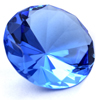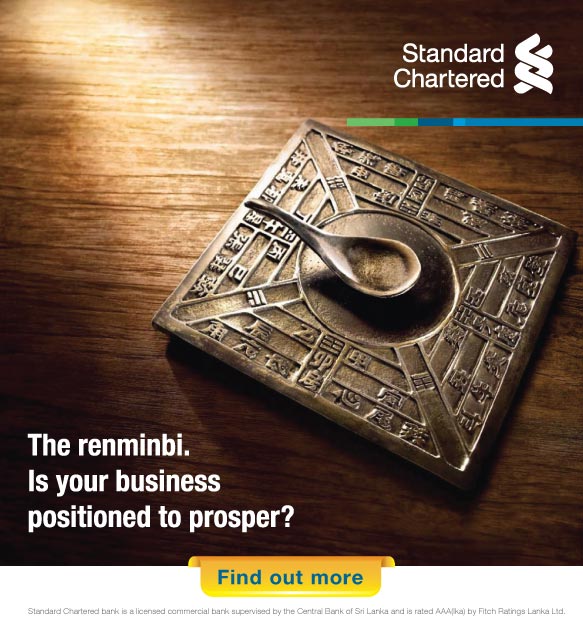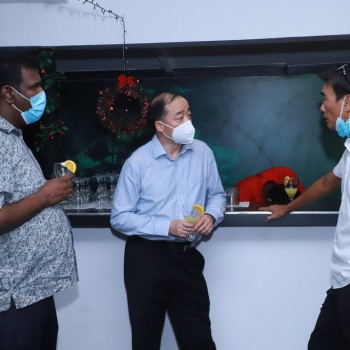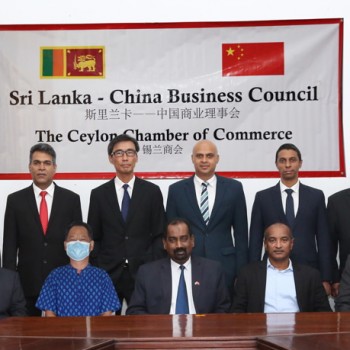Geography
Location: Eastern Asia, bordering East China Sea, Korea Bay, Yellow Sea, and South China Sea, between North Korea and Vietnam.
Total Area: 9,596,960 sq km (land-9,326,410 sq km and water-270,550 sq km)
Climate: very diverse; Tropical in South to Subarctic in North.
Terrain: Plains, deltas and hills in the East; Mountains, high plateaus, deserts in West
Cities: Capital is Beijing, other major cities include Shanghai, Tianjin, Shenyang, Wuhan, Guangzhou, Chonqing, Harbin, and Chengdu
Natural Resources: Coal, iron ore, petroleum, natural gas, mercury, tin, tungsten, antimony, manganese, molybdenum, vanadium, magnetite, aluminum, lead, zinc, rare earth elements, uranium, hydropower potential (world’s largest), arable land
People
Nationality: Noun and adjective- Chinese (singular and plural)
Population (est July 2014): 1,355,692,576
Population growth rate (est July 2014): 0.44%
Health: Infant Mortality Rate of 14.79 deaths/1,000 live births, Life Expectancy of 75.15 years (male: 73.09 years and female: 77.43 years.
Religions: Officially Atheist Country.
Buddhist 18.2%, Christian 5.1%, Muslim 1.8%, folk religion 21.9%, Hindu < .1%, Jewish < .1%, other 0.7% (includes Daoist (Taoist)), unaffiliated 52.2%
Language: Standard Chinese or Mandarin (official; Putonghua, based on the Beijing dialect), Yue (Cantonese), Wu (Shanghainese), Minbei (Fuzhou), Minnan (Hokkien-Taiwanese), Xiang, Gan, Hakka dialects, minority languages
Ethnic Groups: 56 Ethnic Groups officially recognised by Chinese Government. Han Chinese 91.6%, Zhuang 1.3%, other (includes Hui, Manchu, Uighur, Miao, Yi, Tujia, Tibetan, Mongol, Dong, Buyei, Yao, Bai, Korean, Hani, Li, Kazakh, Dai and other nationalities) 7.1%
Economy
GDP per capita: $12,900 (est 2014), Labour force: 801.6 million, world leader in gross value of agricultural output; rice, wheat, potatoes, corn, peanuts, tea, millet, barley, apples, cotton, oilseed; pork; fish as well as industrial output; mining and ore processing, iron, steel, aluminium, and other metals, coal; machine building; armaments; textiles and apparel; petroleum; cement; chemicals; fertilizers; consumer products (including footwear, toys, and electronics); food processing; transportation equipment, including automobiles, rail cars and locomotives, ships, aircraft; telecommunications equipment, commercial space launch vehicles, satellites









 English
English  简体中文
简体中文 




